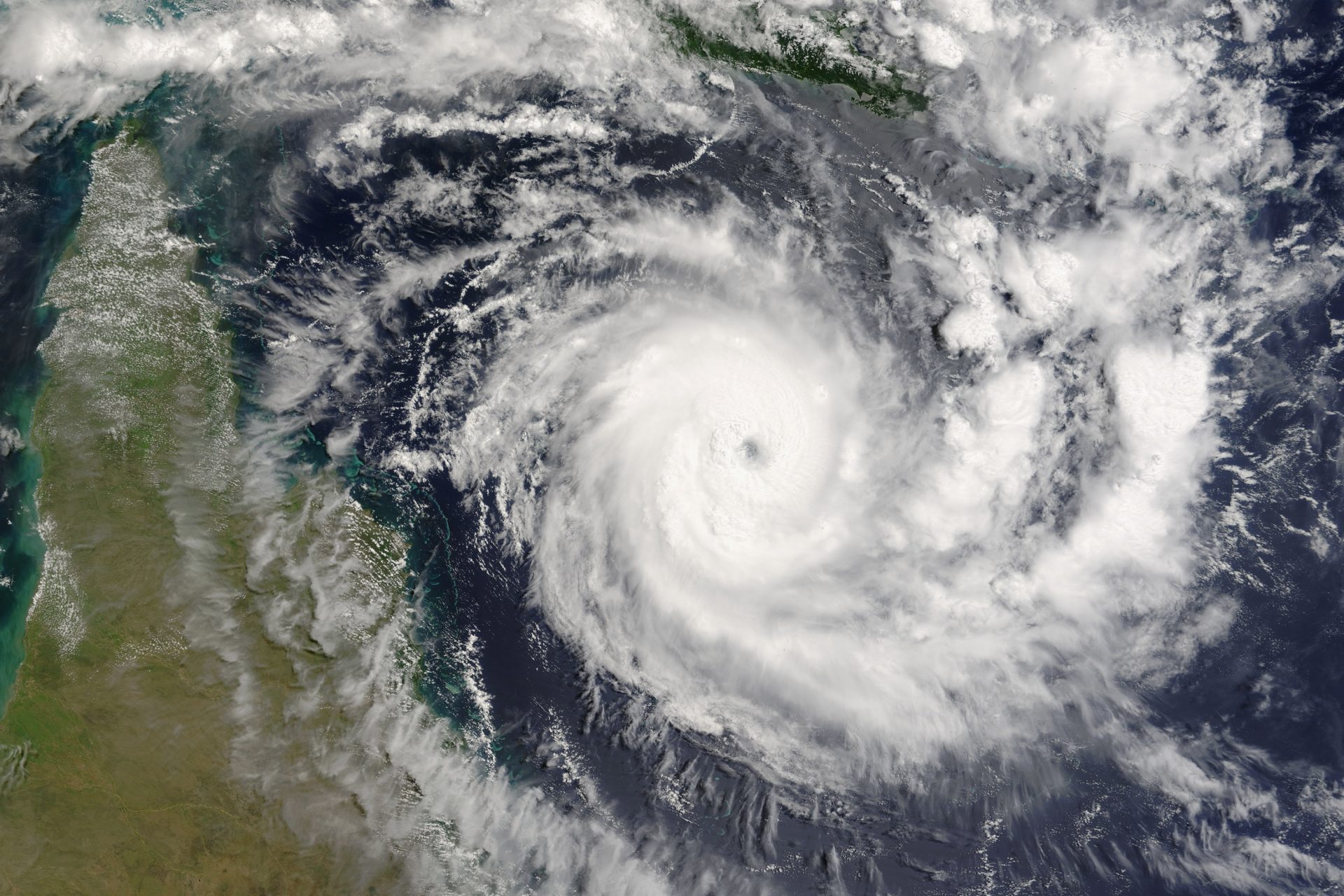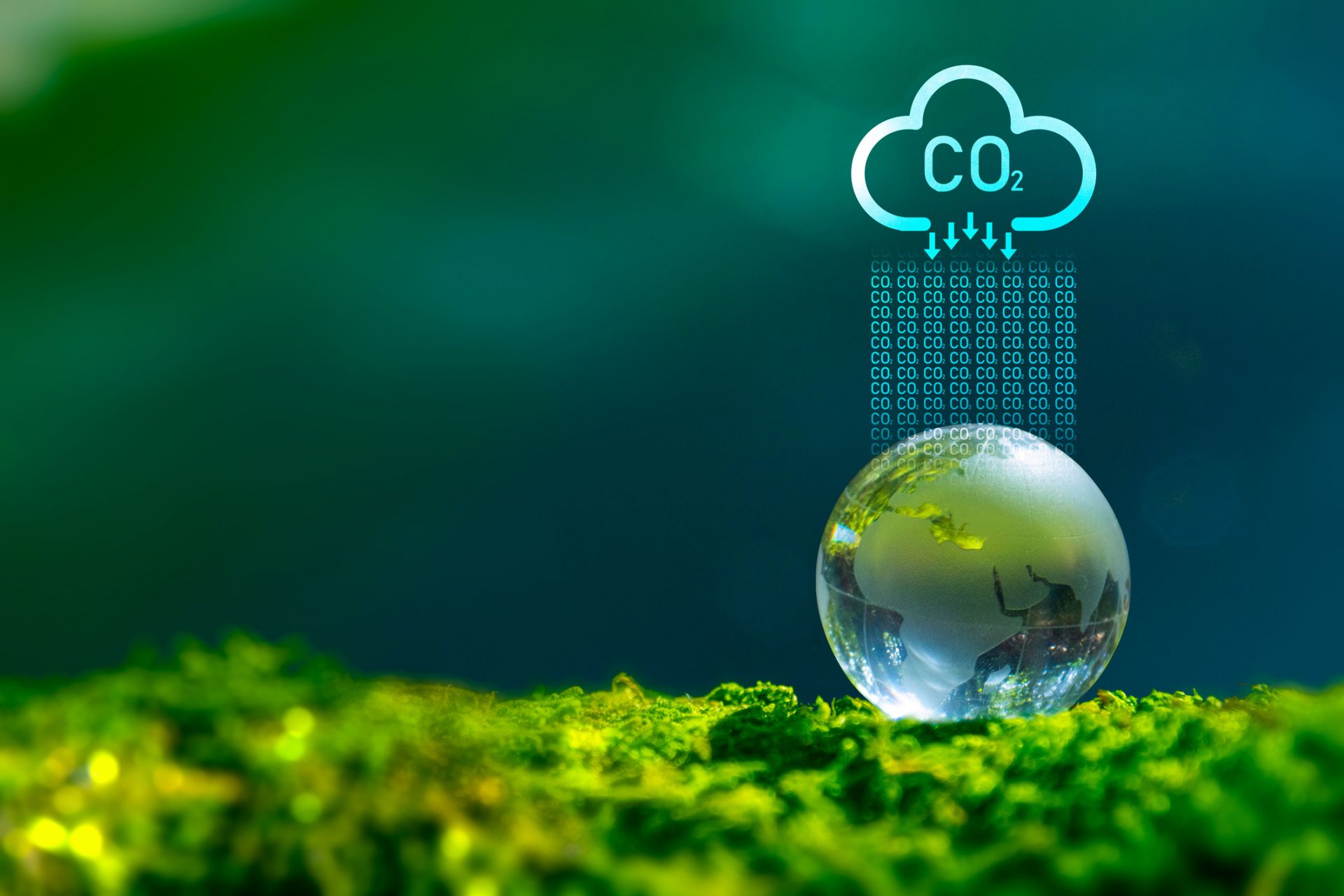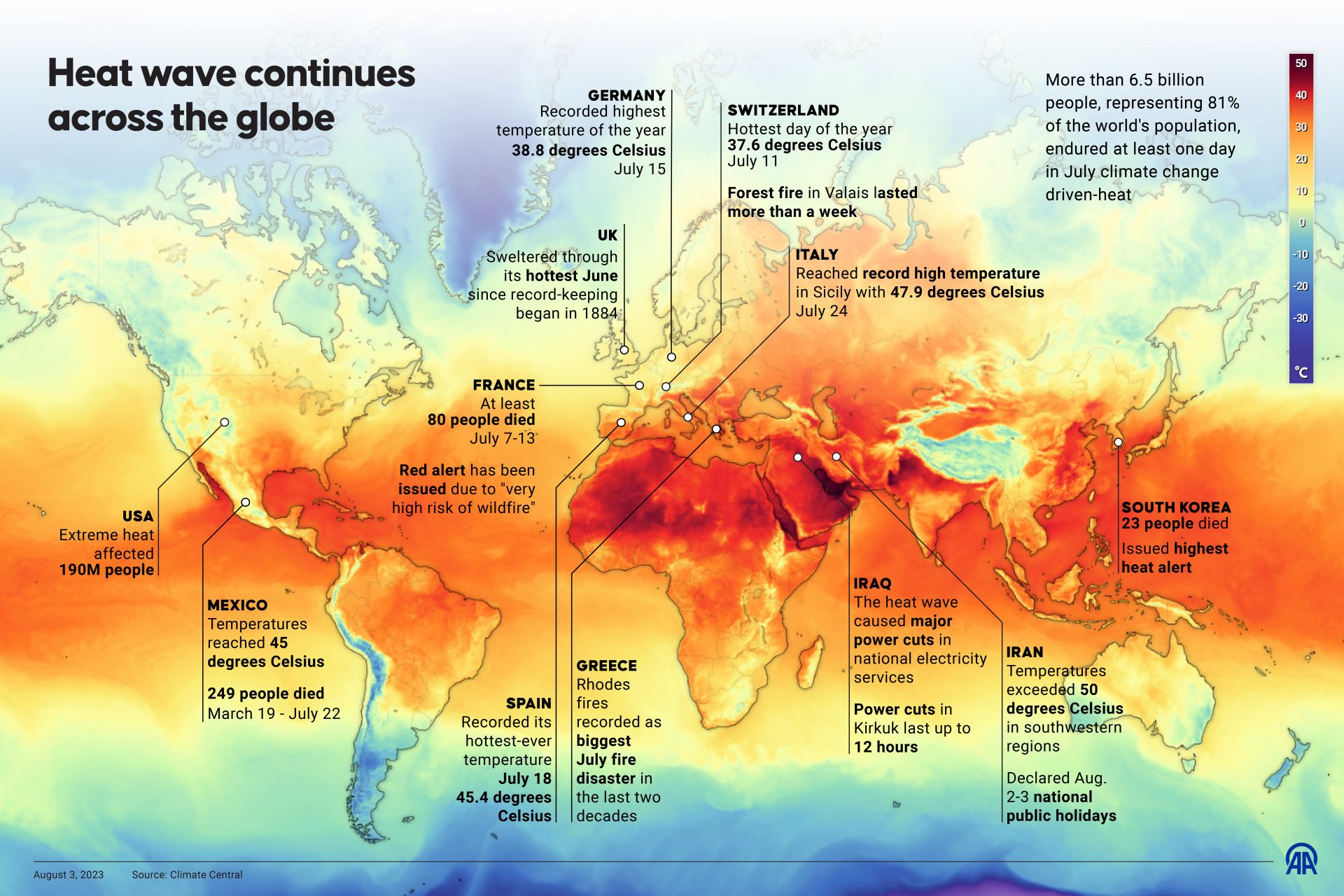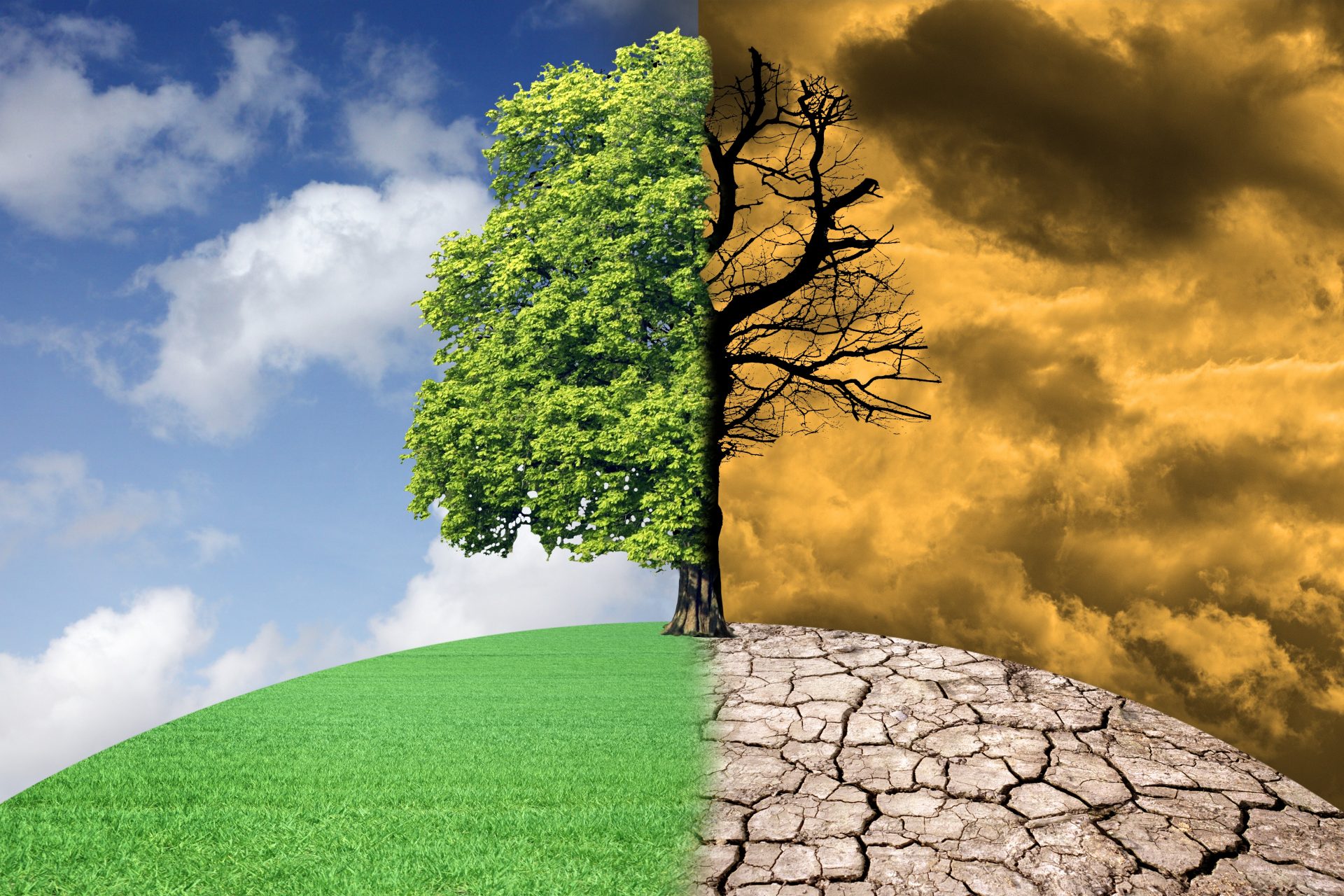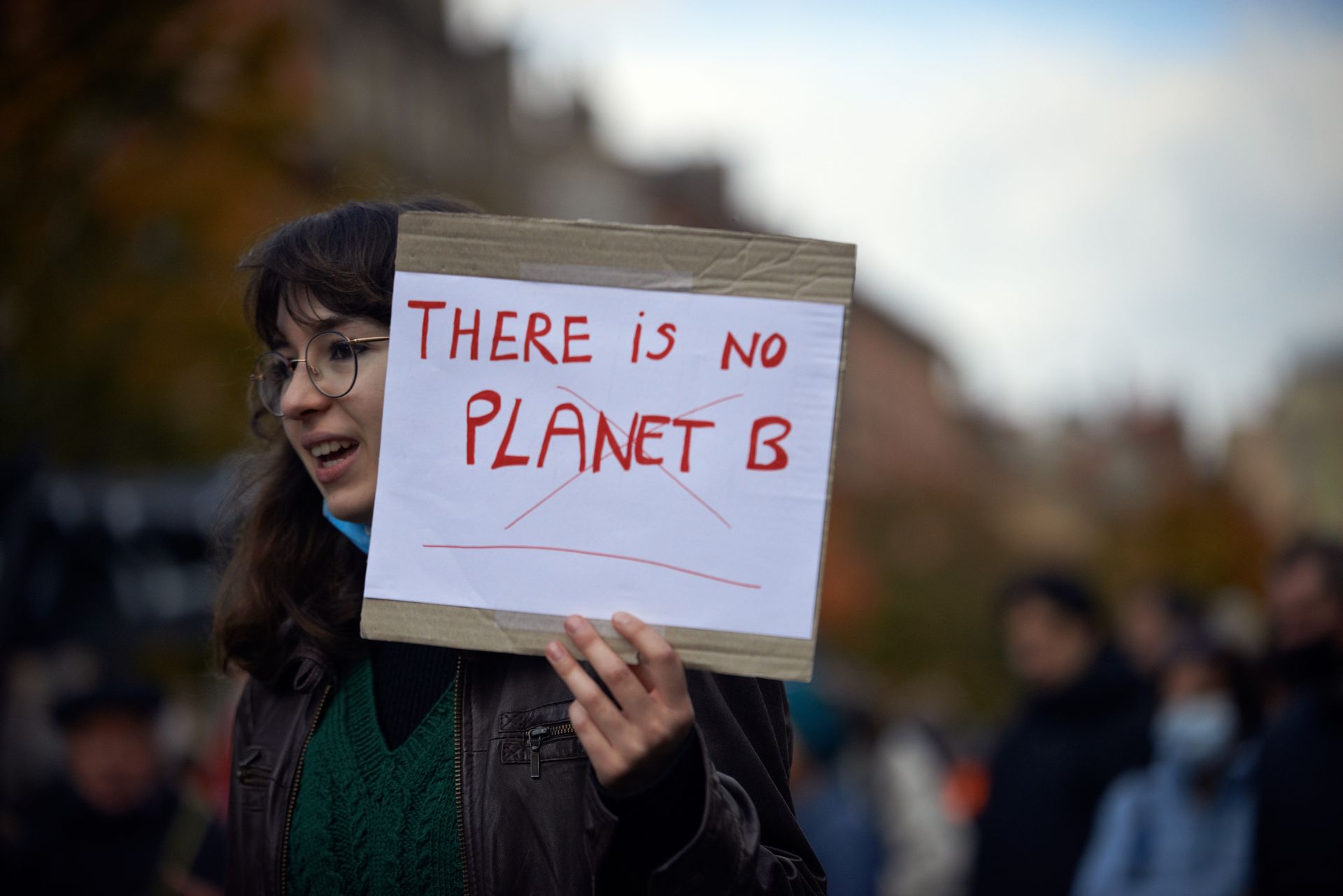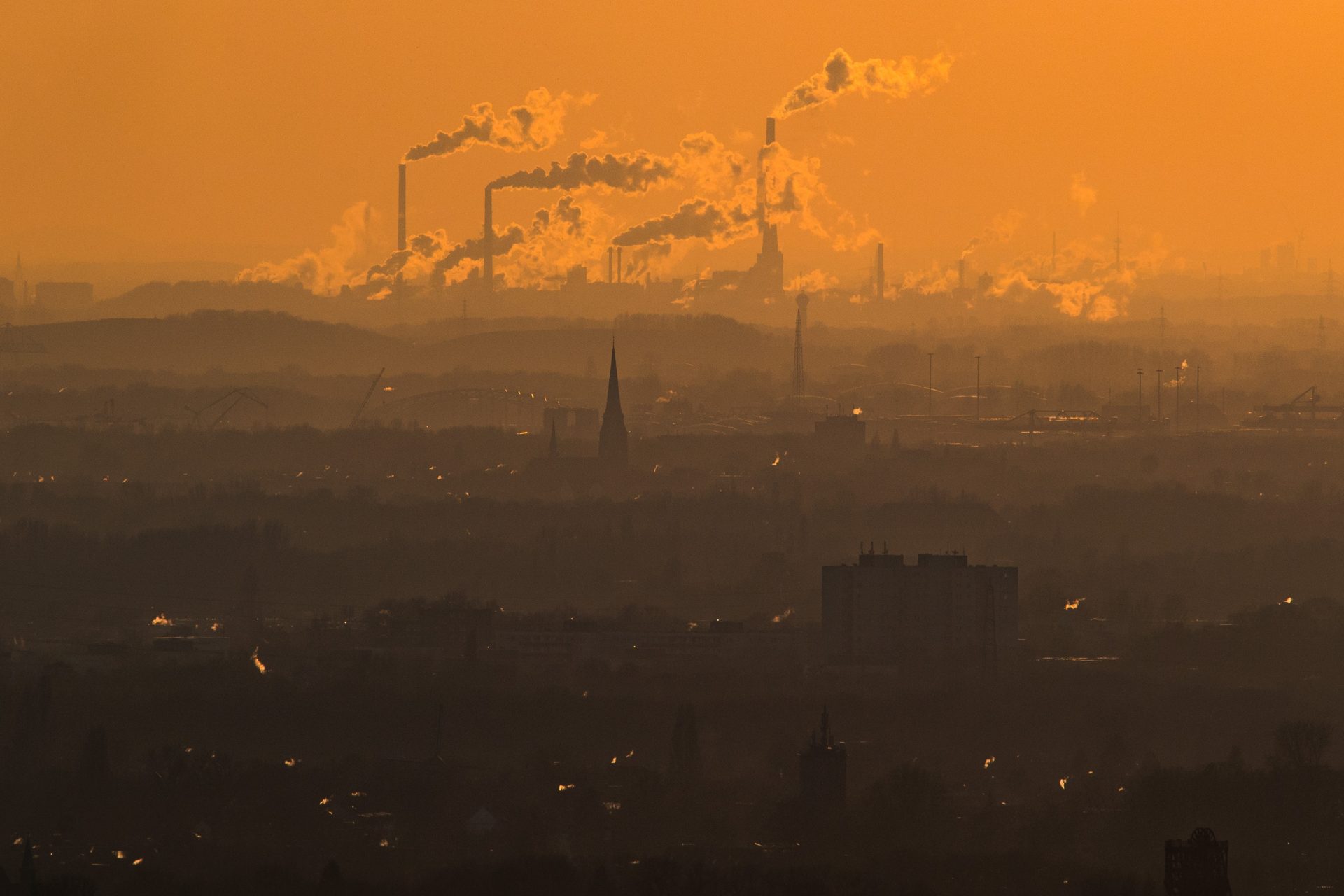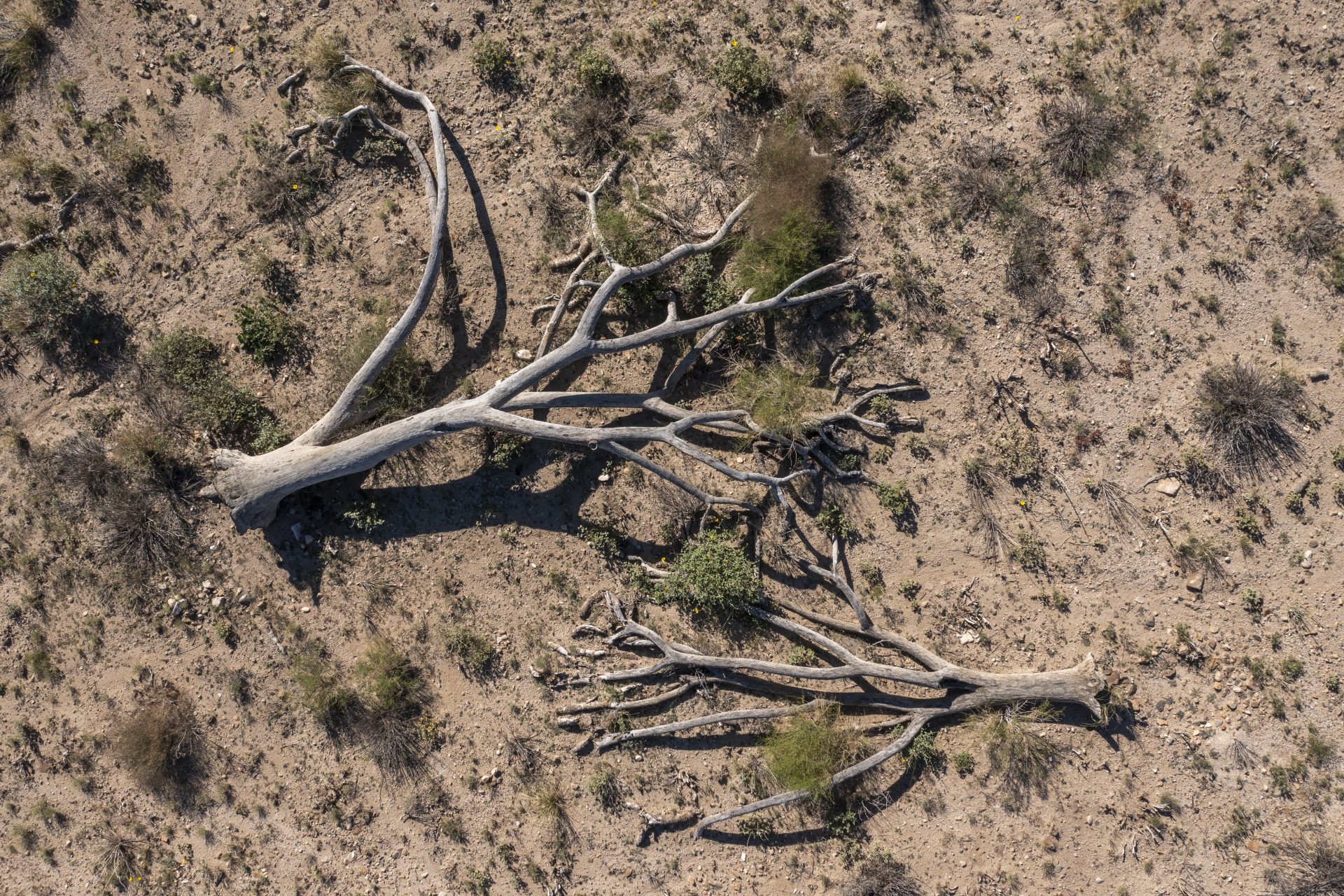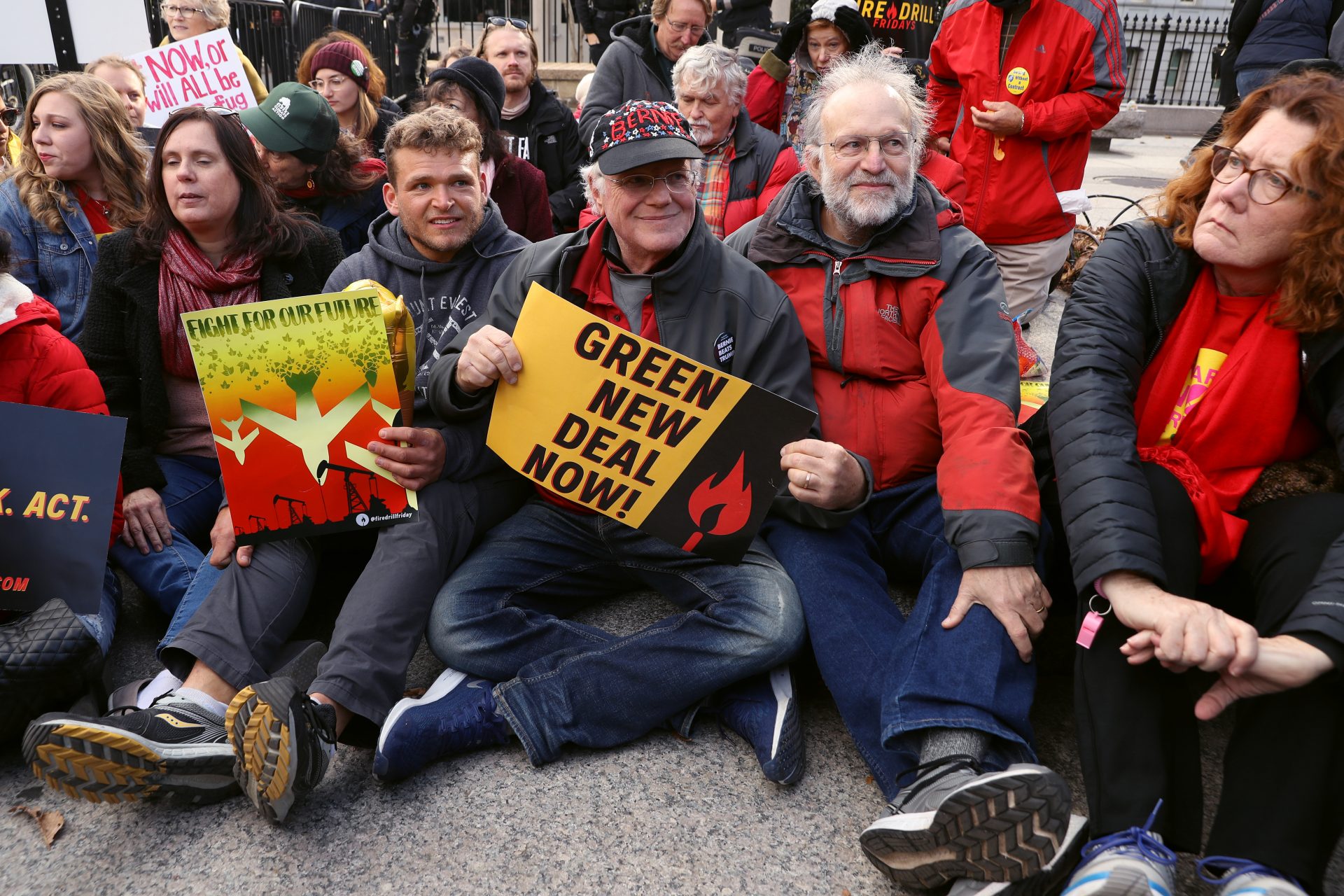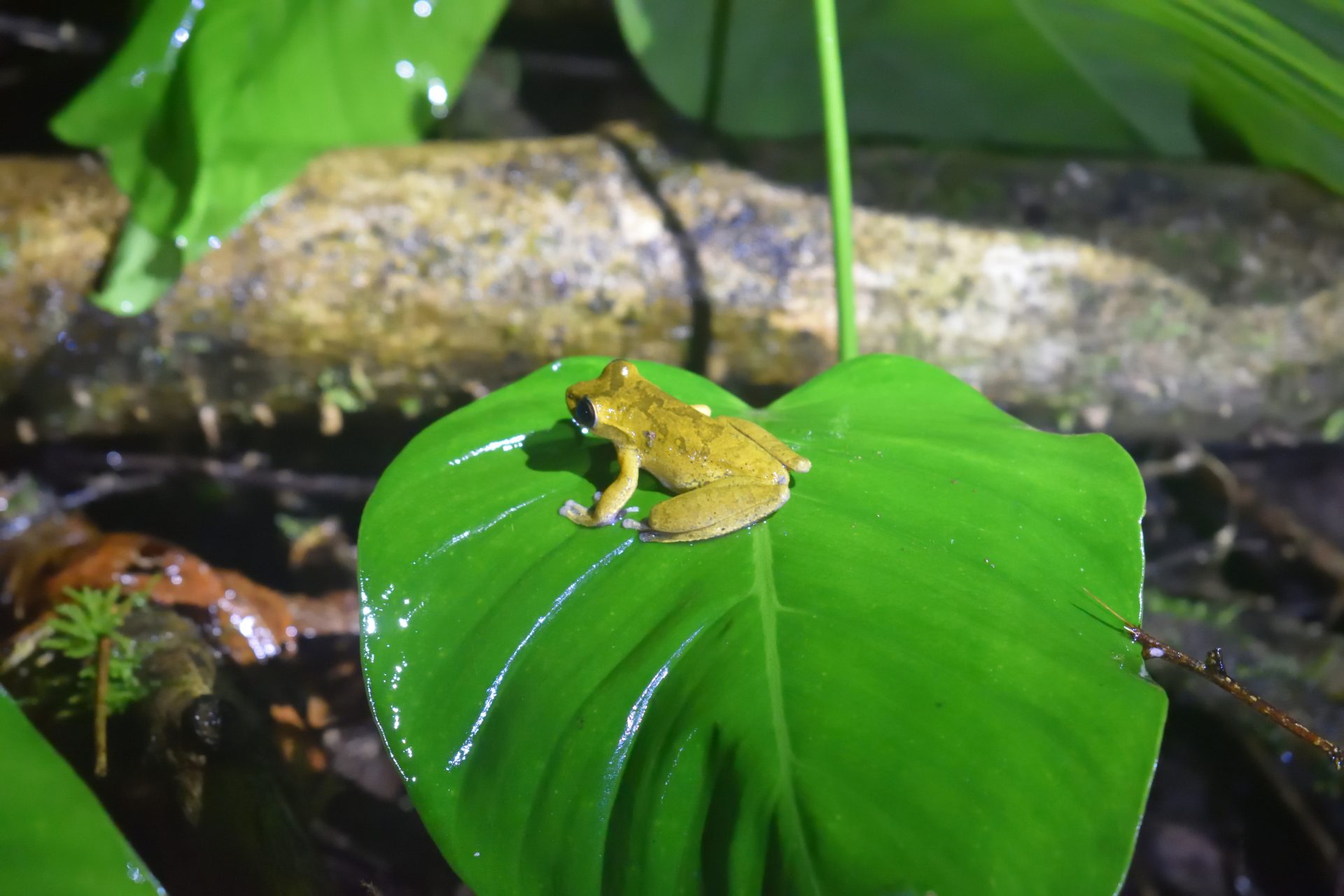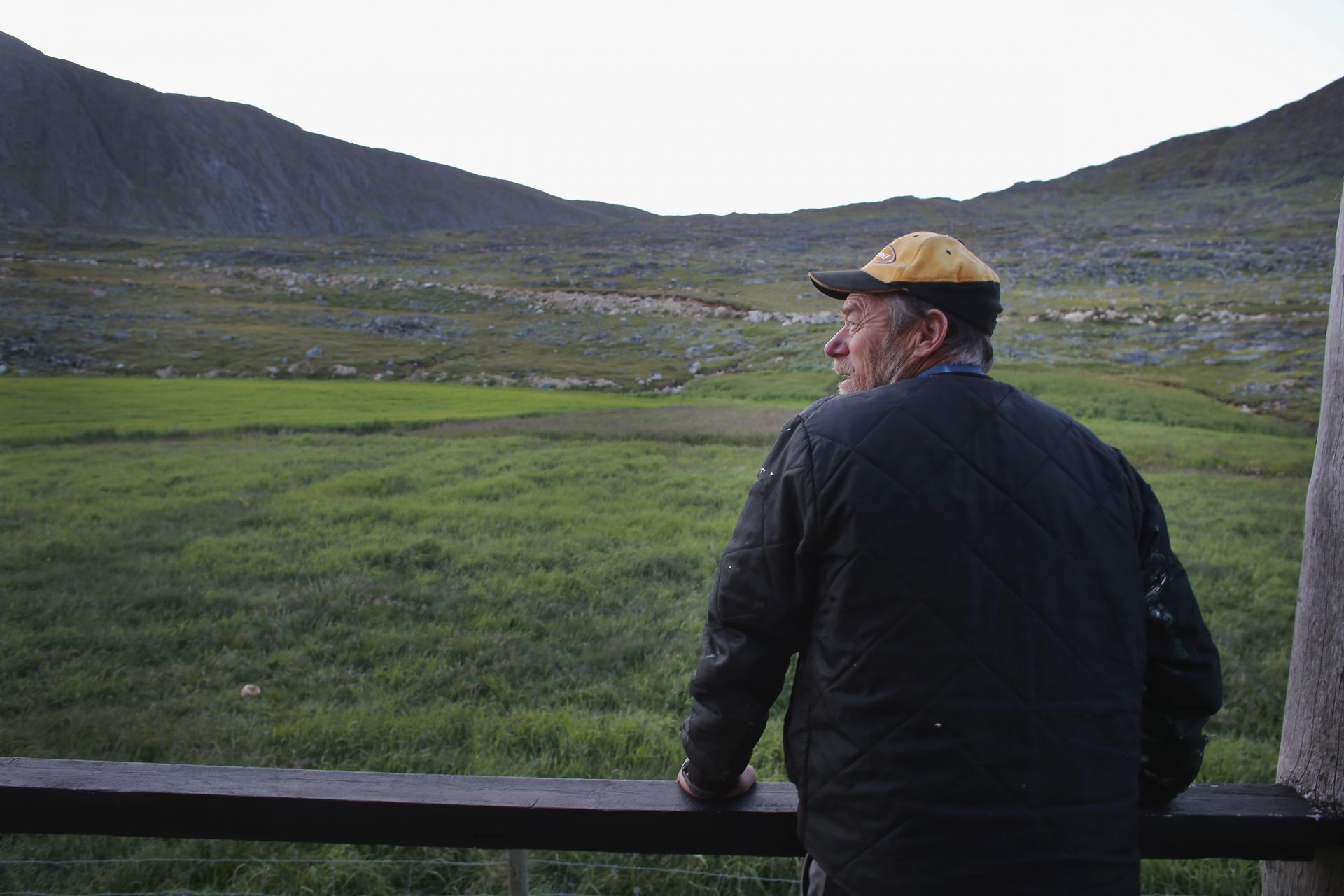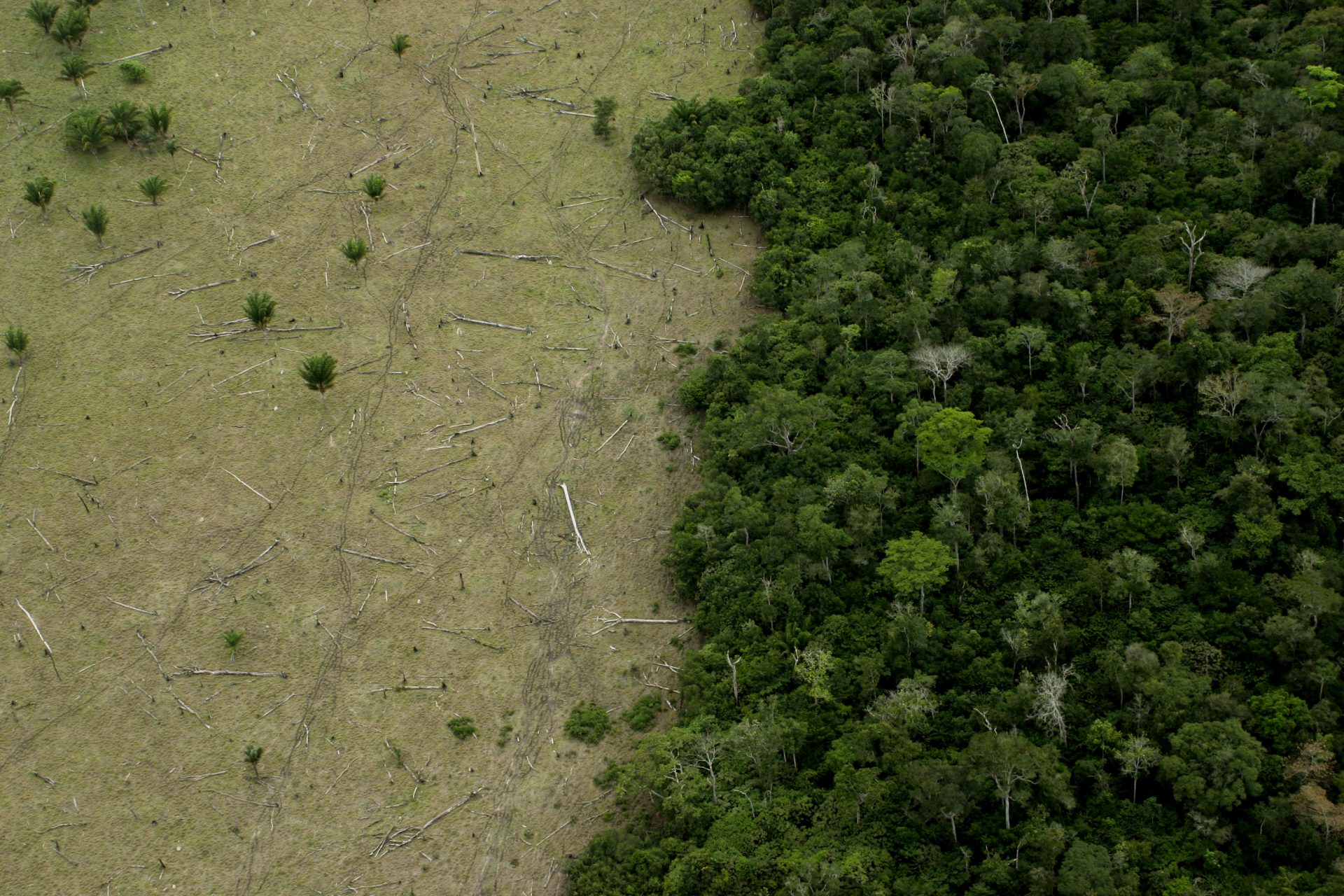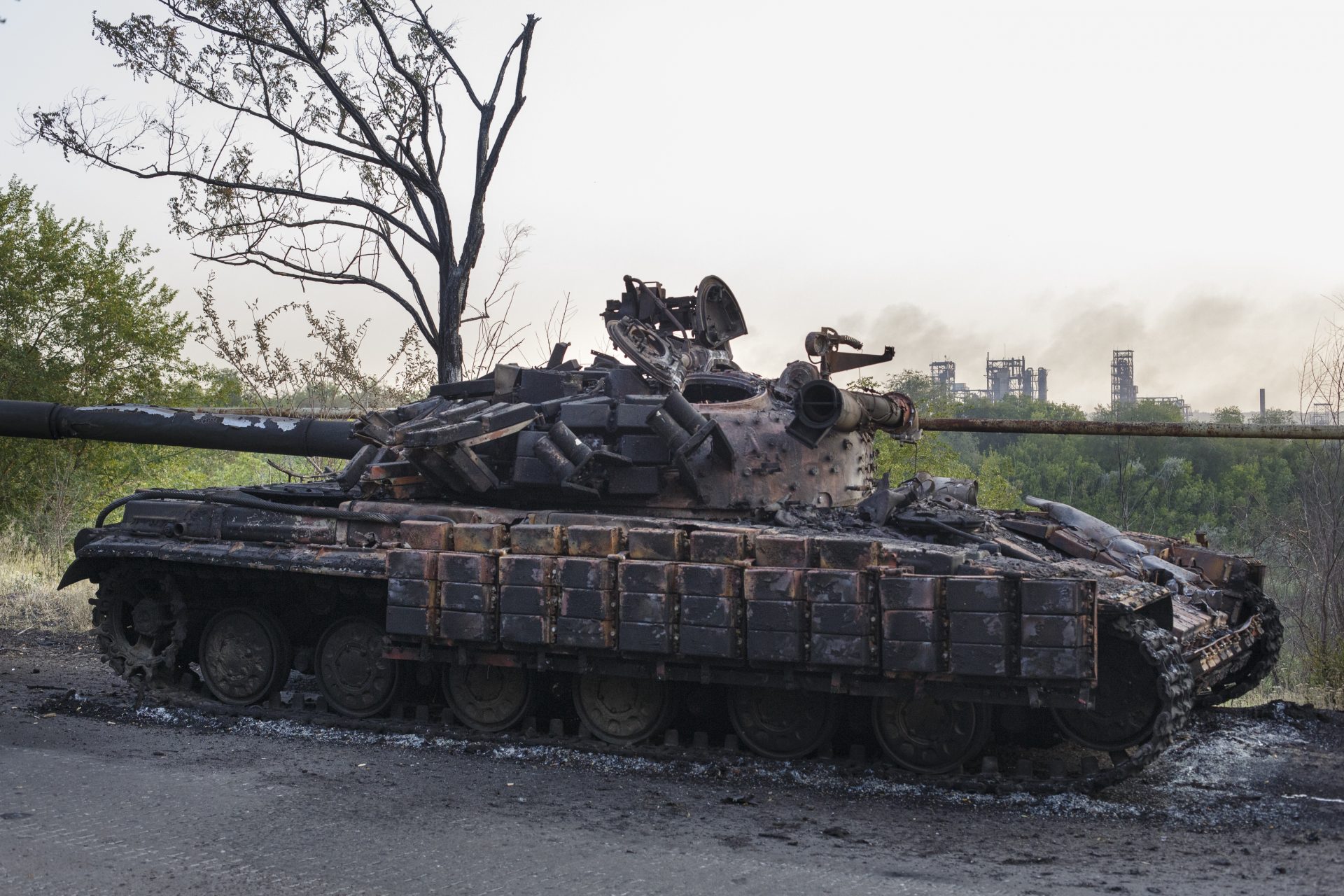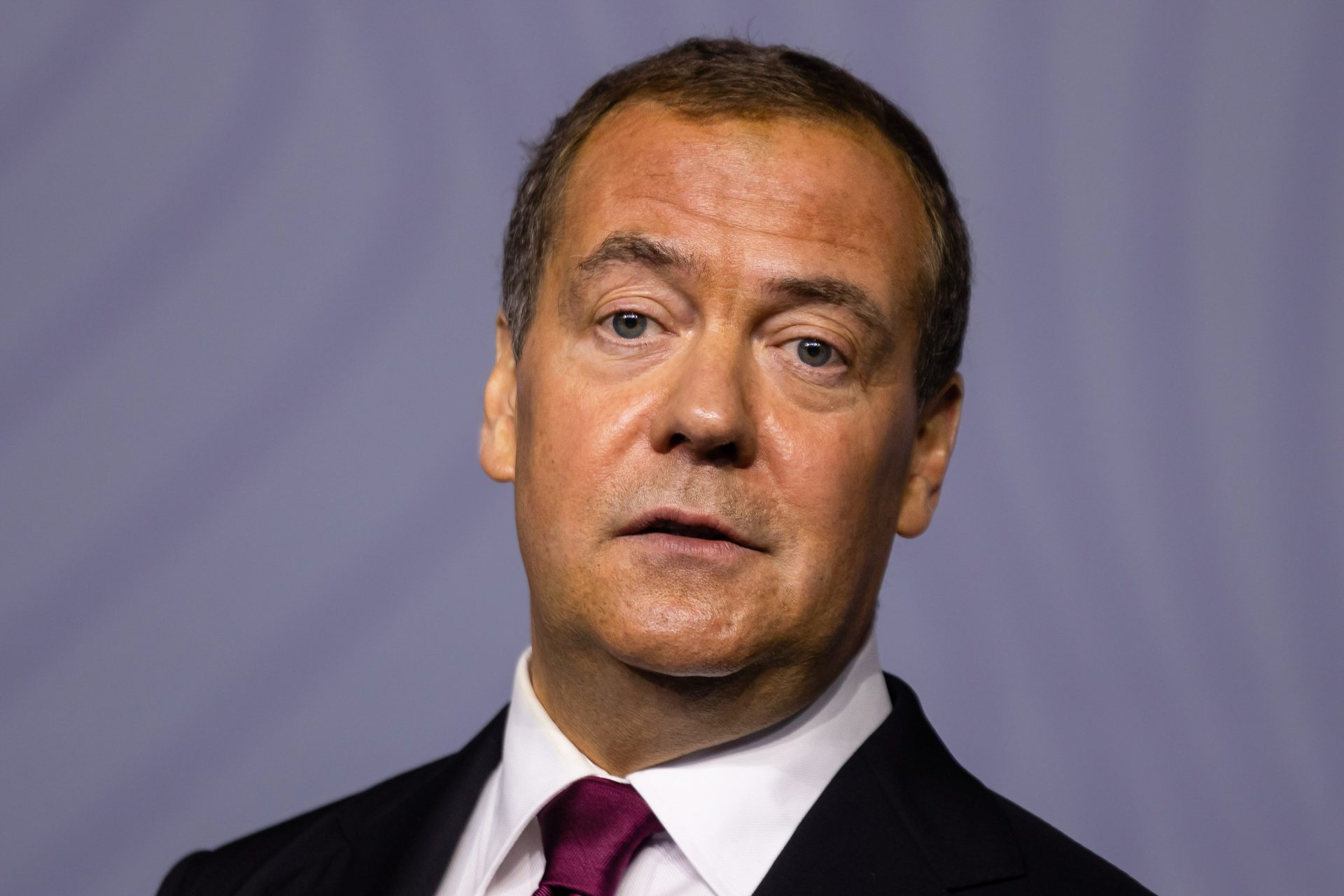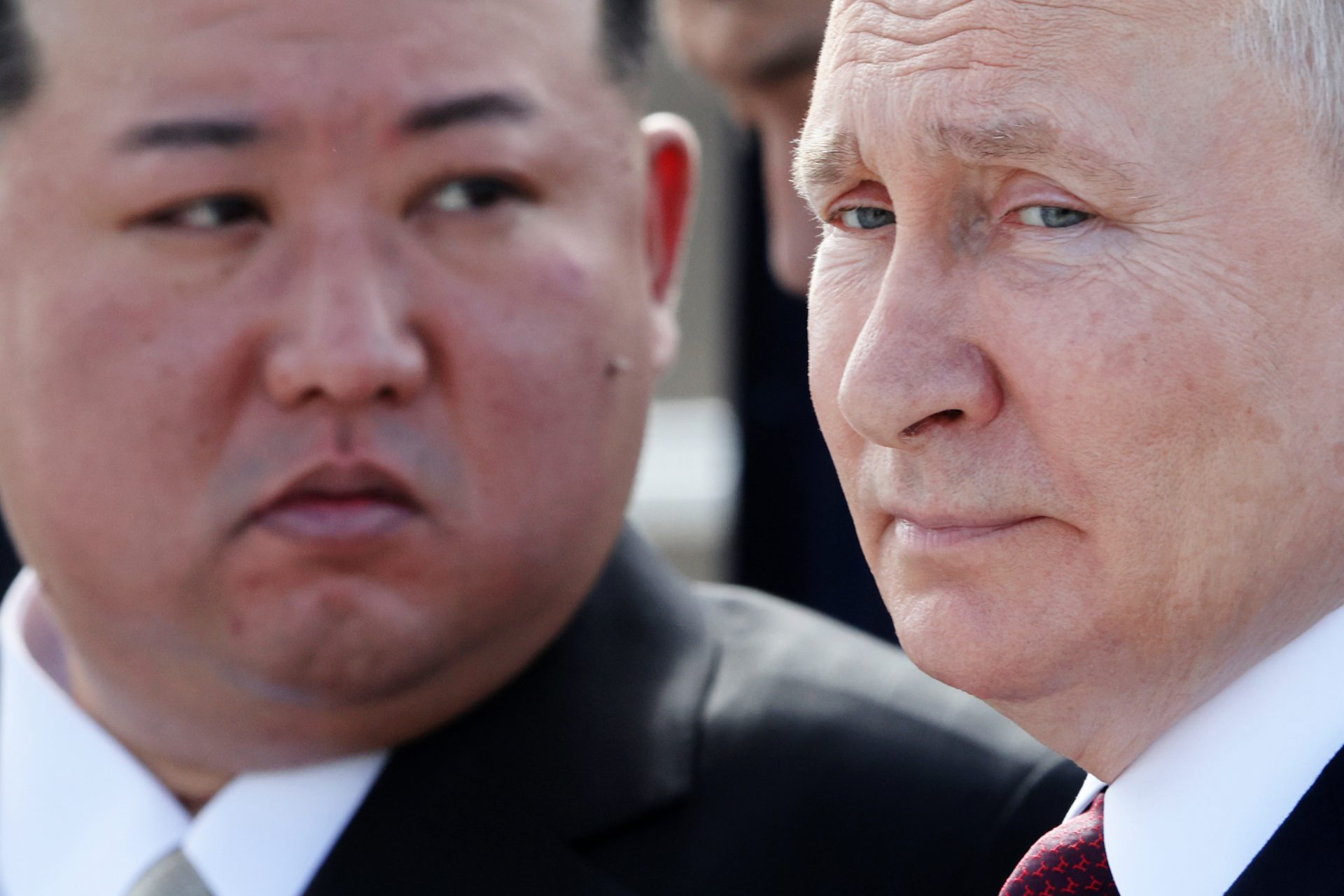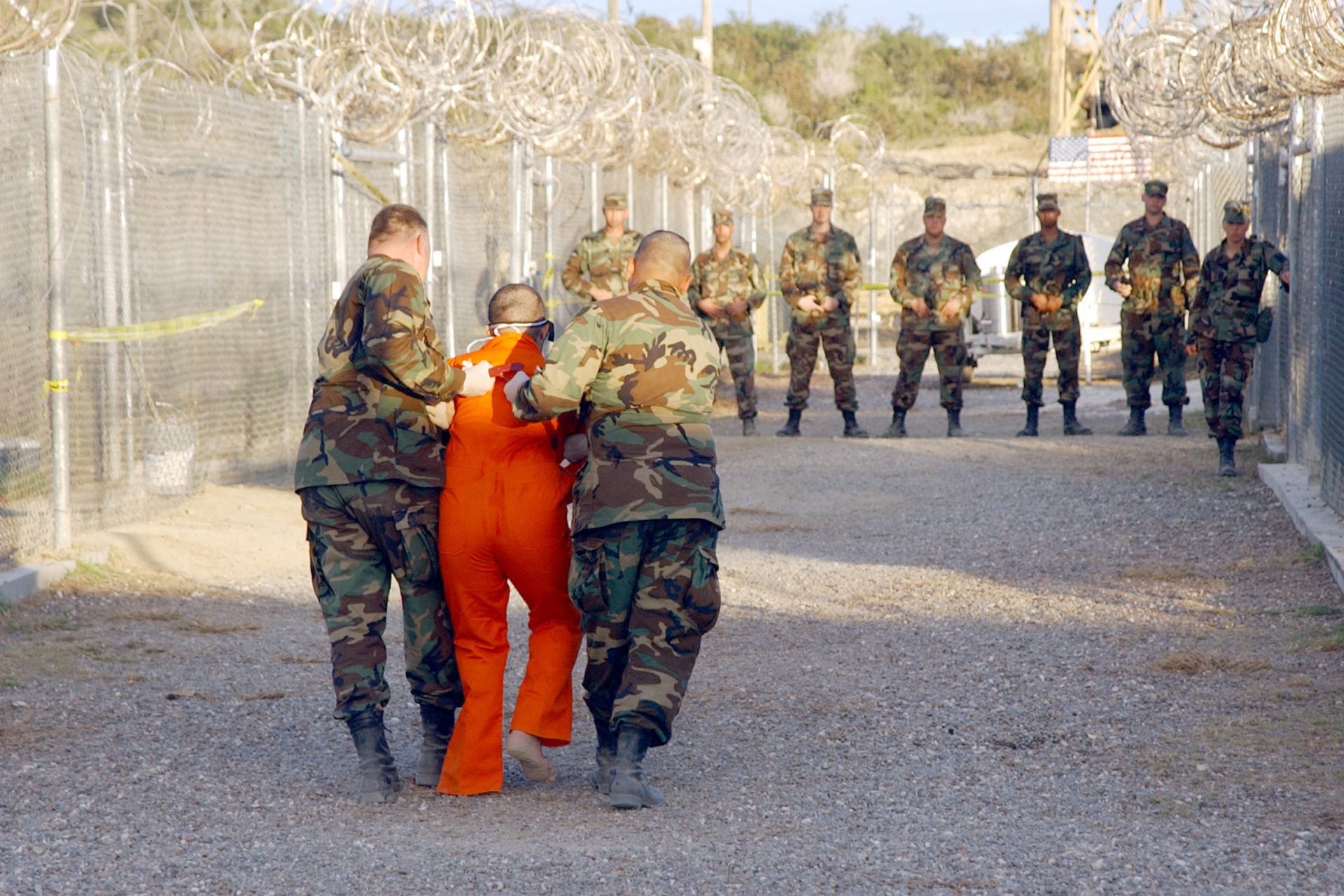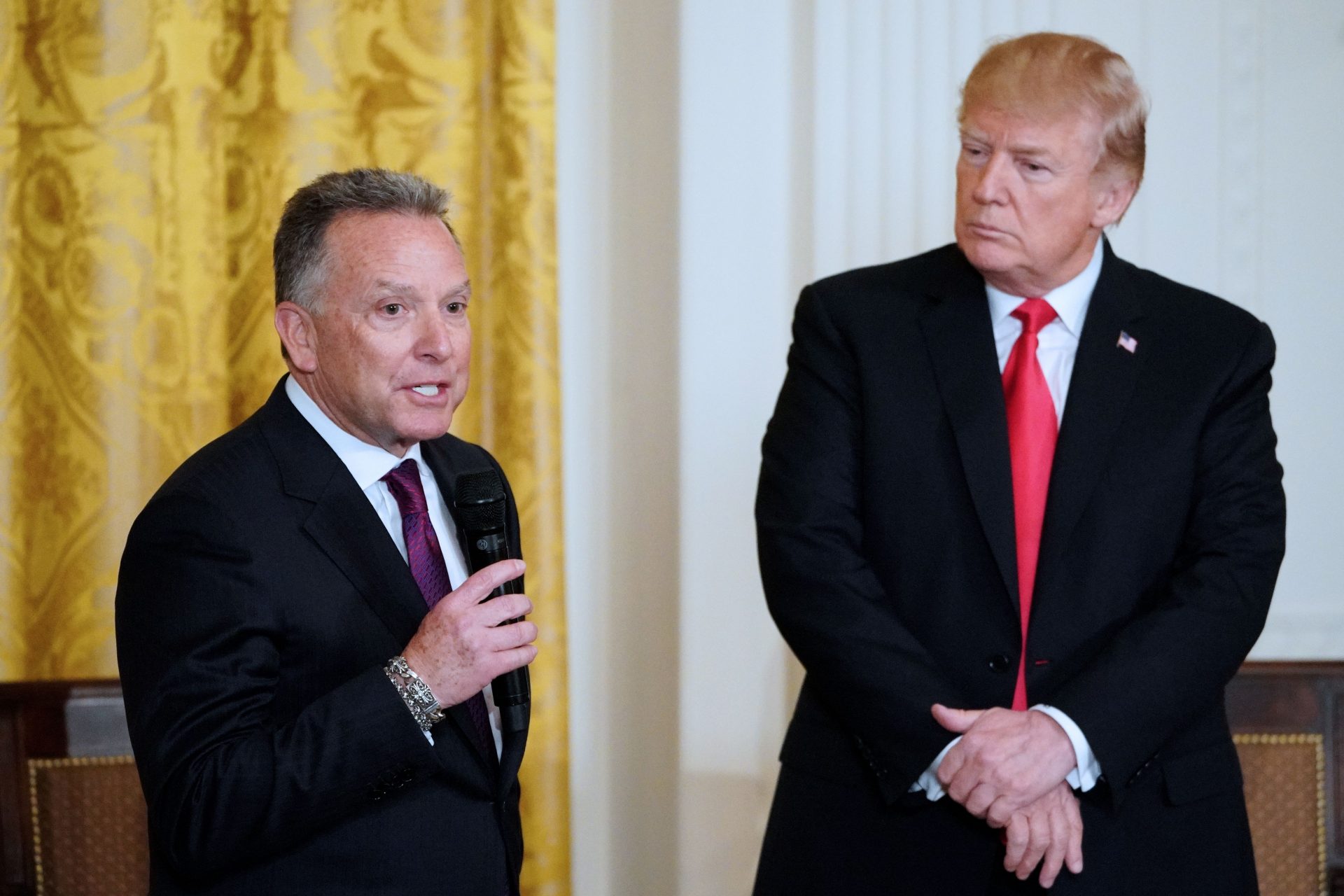Alarming Report: one in three species could vanish by 2100
In December 2024, a new study from the famed biologist Mark Urban revealed that about one-third of Earth's species faced extinction by the end of the century if global warming trends continued.
We've known for several decades that human activity has been quickly changing our planet's climate. Researchers have been warning us about the impact increasing temperatures will have on life on Earth.
In a new study published in the journal Science, biologist Mark Urban provided updated information on a topic he looked into nearly a decade ago and found that even if human activity does change, the world’s species are still in trouble.
Photo Credit: X @MarkCUrban
Urban discovered that if the world’s temperature only rises 2.7 degrees Fahrenheit (or 1.5 degrees Celsius), the ideal target figure countries hope to limit temperature rises to as a part of the Paris Agreement, global extinctions of flora and fauna would still be bad.
Just how bad things would be was estimated by Urban in his study, which noted at least one in fifty species on Earth (or roughly 180,000) would be at risk of facing extinction by 2100, which Vox noted represented 1.8% of all species on the planet.
If the world can stick to a temperature rise of 4.9 F (2.7 C), which is an increase that the world is expected to see under current emission calculations, and one that is far beyond the Paris Agreement’s goals, one in twenty or 2.7% of species will face extinction.
Things will get even more alarming if Earth’s temperature increases to worst-case scenarios. Under a scenario where the world’s temperature rises by 7.7 F (4.3 C), 14.9% of all species on the planet would be at risk of extinction, and 29.7% with a rise of 9.7 F (5.4 C).
“There’s this acceleration of extinction risk with each increment of temperature rise,” Urban, who is currently the Director of the Center of Biological Risk at the University of Connecticut, told Vox.
The last two warming scenarios seem implausible, but Live Science noted in its review of the study that each worst-case scenario listed was high, but that each is also possible under current emissions trends.
"If we keep global warming to below 1.5 C, in accordance with the Paris Agreement, then the [extinction] risk from today to 1.5 C is not a large increase," Urban told Live Science in an email about his new research.
Whether the world can come together to limit the worst possible warming scenarios has yet to be seen, but some countries may want to push for the planet to work on limiting emissions since they will be more affected based on Urban’s work.
In terms of possible species extinctions, South America, New Zealand, and Australia will face the most risk to their planets and animals as a result of rising global temperatures while mountain, island, and freshwater ecosystems will face the most challenges.
"The main message for policymakers is that this relationship is much more certain," Urban told Live Science. "There's no longer the excuse to do nothing because these impacts are uncertain."
According to Urban, amphibians will face the highest risks since their lifecycles depend heavily on weather and are very sensitive to the type of changing weather patterns that have become a hallmark of the climate crisis.
“Most humans love nature, and that’s one aspect of it, but biodiversity is also the foundation of our health and our wealth and our culture," Urban told Vox
“We don’t know what we’re losing… But when you really lose a species, that is truly irreversible. That’s the end," Urban added.
Urban’s study was a metadata analysis that looked at over 30 years of biodiversity and climate change research. It included 450 studies of known species and is one the more accurate pieces of analysis on the dangers Earth’s species face.
More for you
Top Stories



